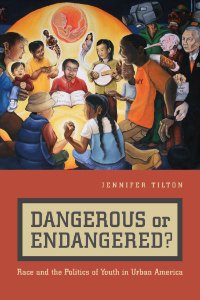By Jody Armour
"Ngga Theory: Language, Unequal Justice, and the Law" by Jody Armour is a thought-provoking exploration of how language shapes perceptions within the criminal justice system. Armour delves into the complexities surrounding the use of the word "ngga" and its implications on issues of race, equality, and justice. This book challenges readers to confront uncomfortable truths about the ways in which language can perpetuate systemic inequalities in our society. With sharp analysis and compelling arguments, Armour prompts readers to reconsider the power dynamics at play in our legal system and broader social discourse. "N*gga Theory" is a timely and essential read for anyone seeking a deeper understanding of the intersection of language, race, and justice in America.
Los Angeles Review of Books, 2020, 224 pages






